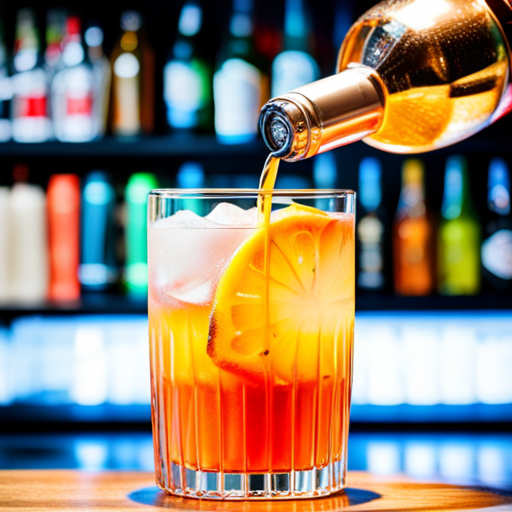Shaken or Stirred? A Detailed Examination of Cocktail Mixing Techniques

In the world of mixology, the phrase “shaken, not stirred” has taken on iconic status, thanks largely to a certain British spy. But is there a difference between the two methods, and does it affect the final cocktail? This article will explore these techniques, when to use each, and why they’re so important in the art of cocktail making.
Shaking: The Essentials
Shaking is one of the most common techniques in cocktail preparation. This method is used when the cocktail includes a mix of spirits, fruit juices, cream or egg whites. Shaking not only mixes and chills the ingredients, but it also adds texture and body to the drink.
When shaking a cocktail, it’s important to use a high-quality shaker. The two most common types are the Boston shaker and the Cobbler shaker. Fill the shaker with ice, add your ingredients, ensure the shaker is properly sealed, and then give it a vigorous shake for about 10-15 seconds.
A shaken cocktail will often have a frothy or cloudy appearance due to the aeration and emulsification that occurs during shaking. The shaking process can also result in tiny ice shards in your drink, further chilling the cocktail.
Stirring: The Essentials
Stirring is a gentler technique and is typically used for spirit-forward cocktails that do not contain fruit juices, cream, or egg whites. The goal of stirring is to combine and cool the ingredients without diluting the cocktail too much or introducing air bubbles.
When stirring a cocktail, you’ll need a mixing glass and a bar spoon. Fill the mixing glass with ice, add your ingredients, then use the bar spoon to stir the drink. The stirring should be smooth and steady, generally lasting for about 20-30 seconds. The idea is to maintain the clarity of the drink while reaching a perfect dilution and chill.
Shaken or Stirred: When and Why
But when should you shake, and when should you stir? The rule of thumb is fairly straightforward: cocktails with juice, dairy, or egg whites should be shaken to ensure all ingredients are fully integrated. Shaking also helps to aerate the drink, making these heavier ingredients feel lighter on the palate.
On the other hand, if a cocktail is made entirely of spirits—like a Martini or a Manhattan—it should be stirred. Stirring these types of cocktails preserves the clear, smooth quality of the spirits, and prevents over-dilution.
In conclusion, shaking and stirring are more than just ways to mix a cocktail—they influence the texture, temperature, appearance, and even the taste of the drink. Understanding when and how to use each method is an essential skill in the art of mixology. So, the next time you’re crafting a cocktail, remember: whether it’s shaken or stirred can make all the difference.





